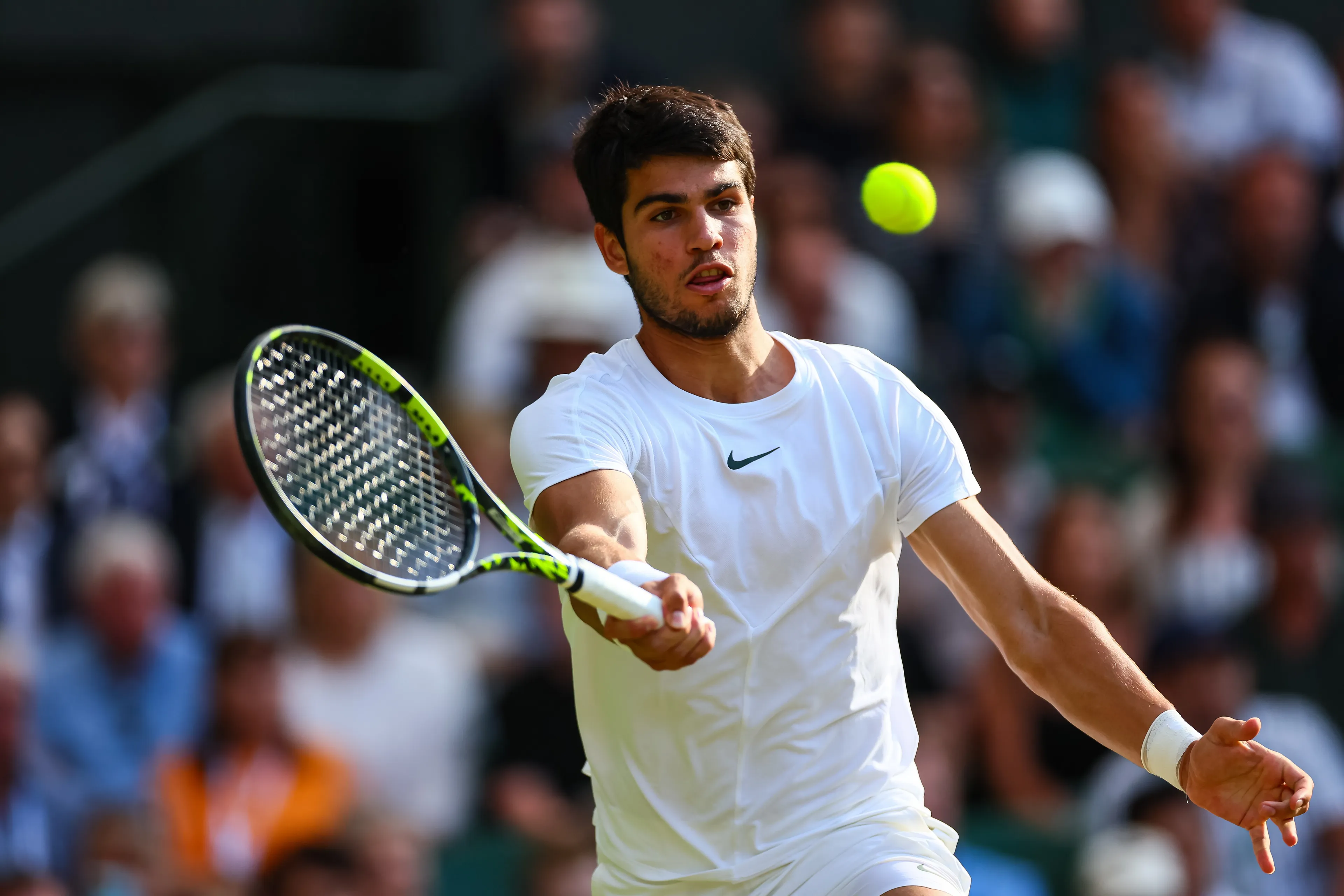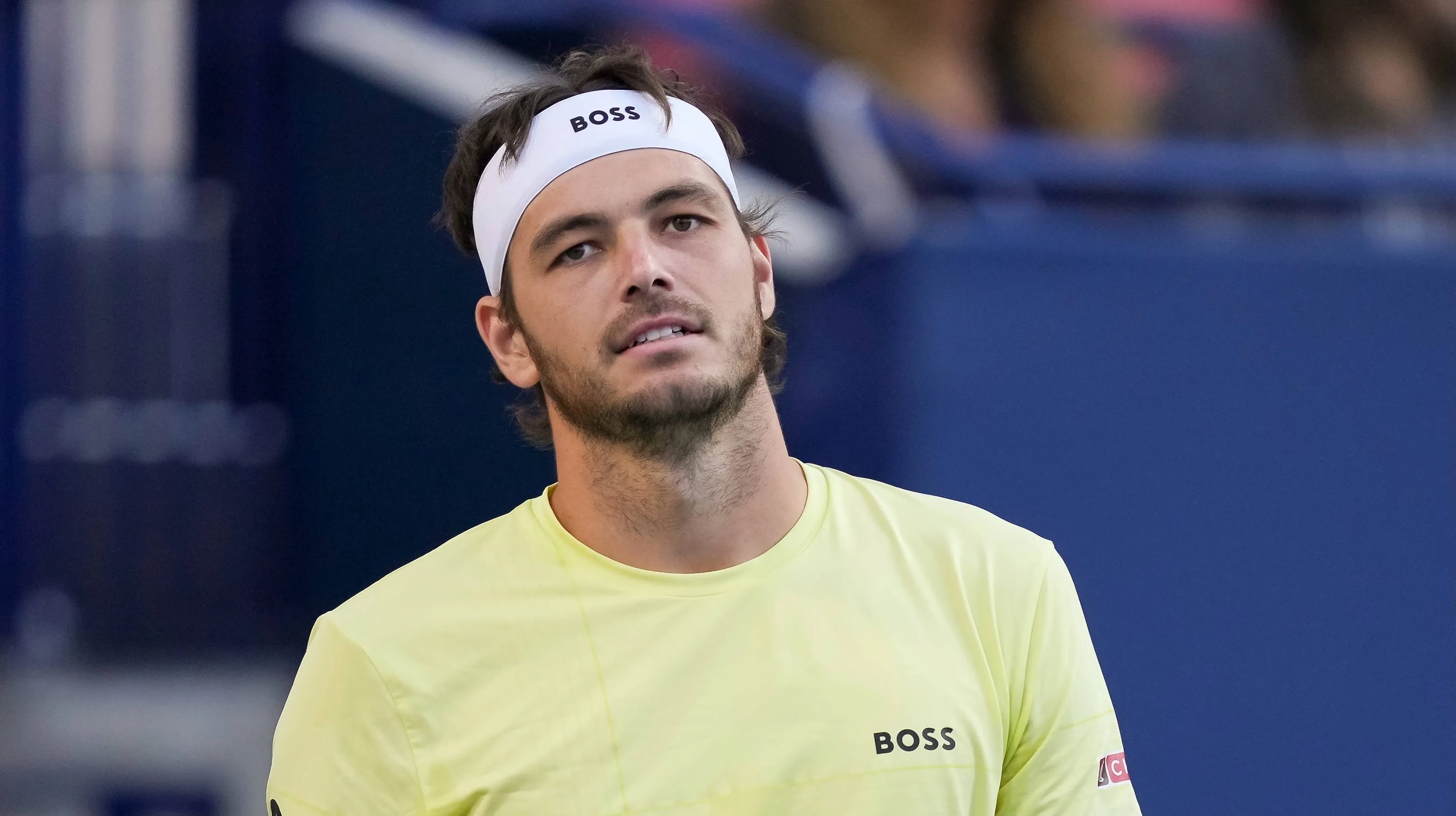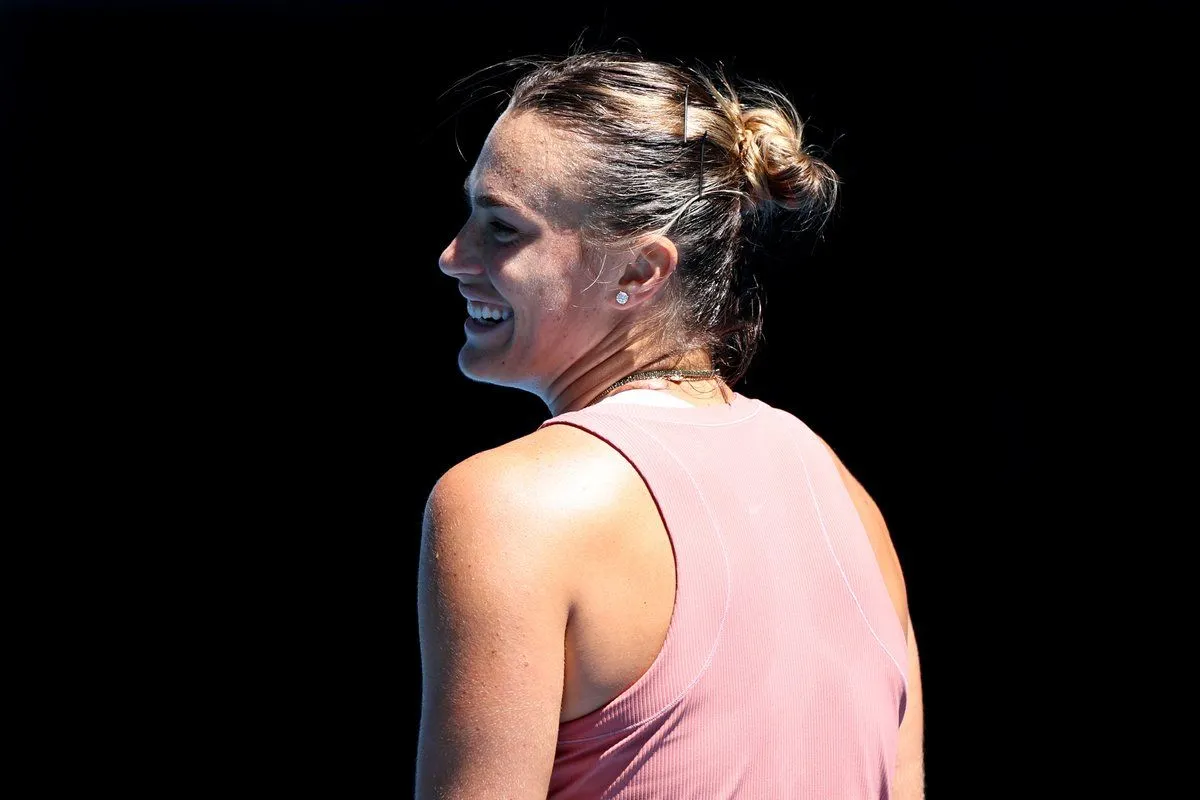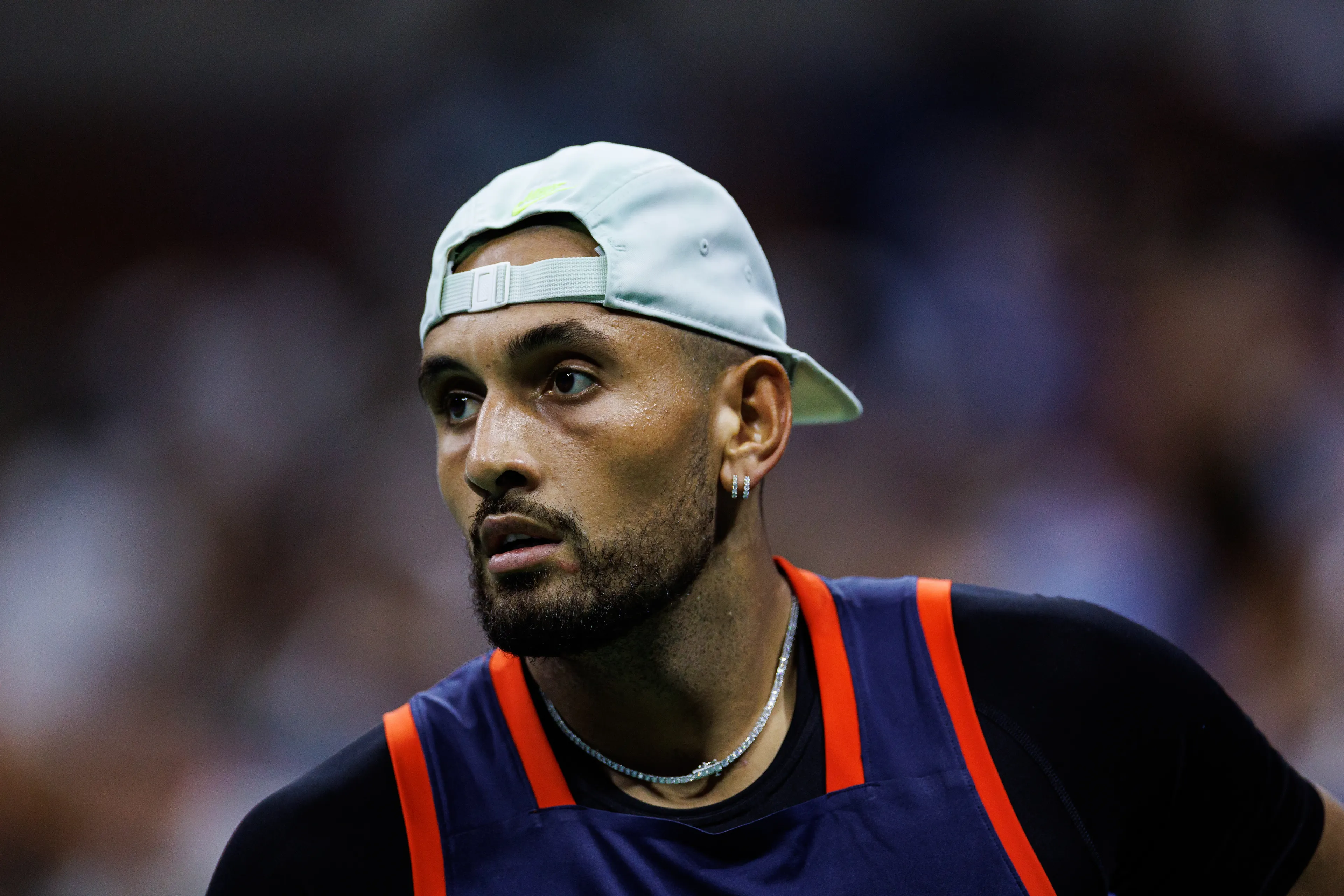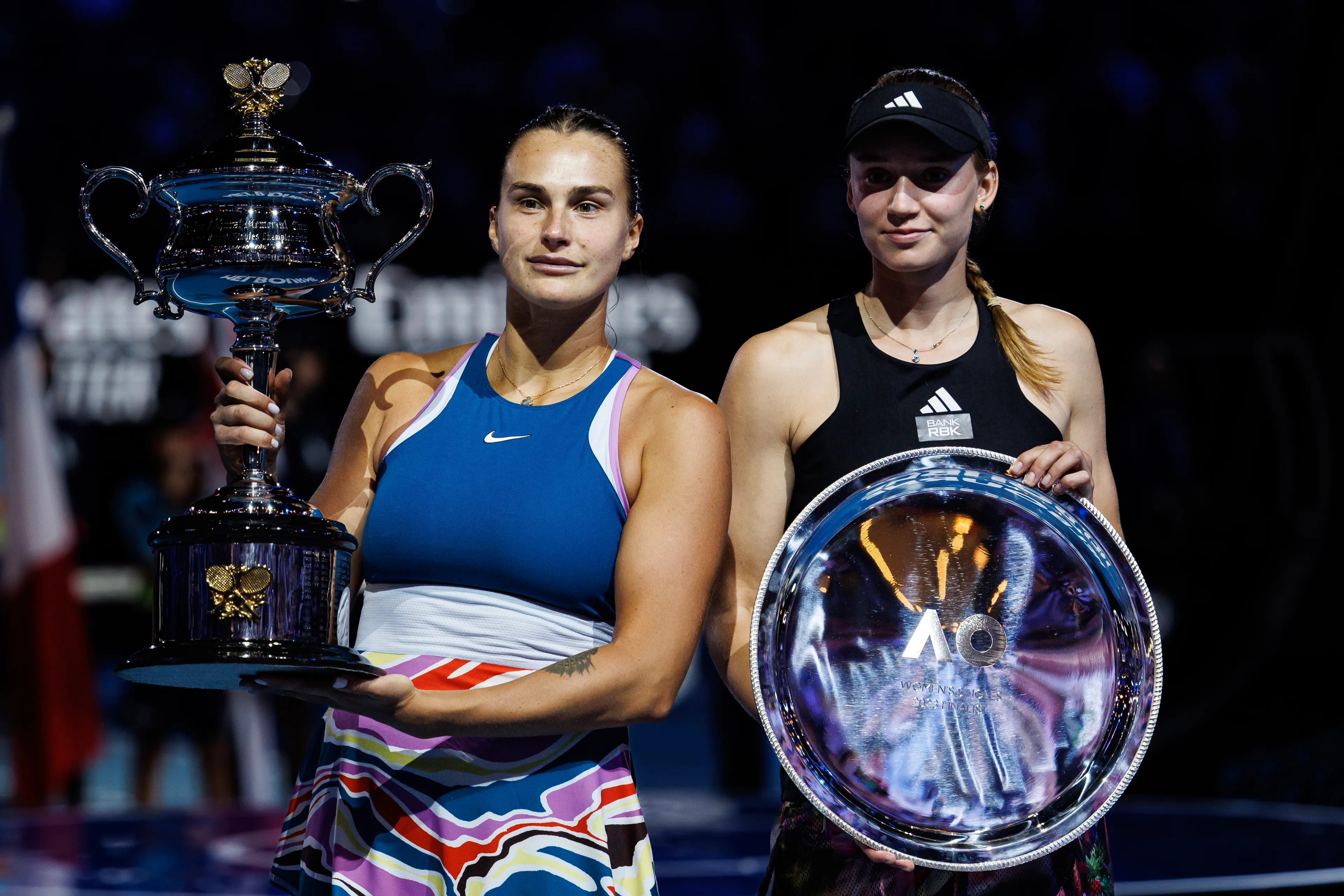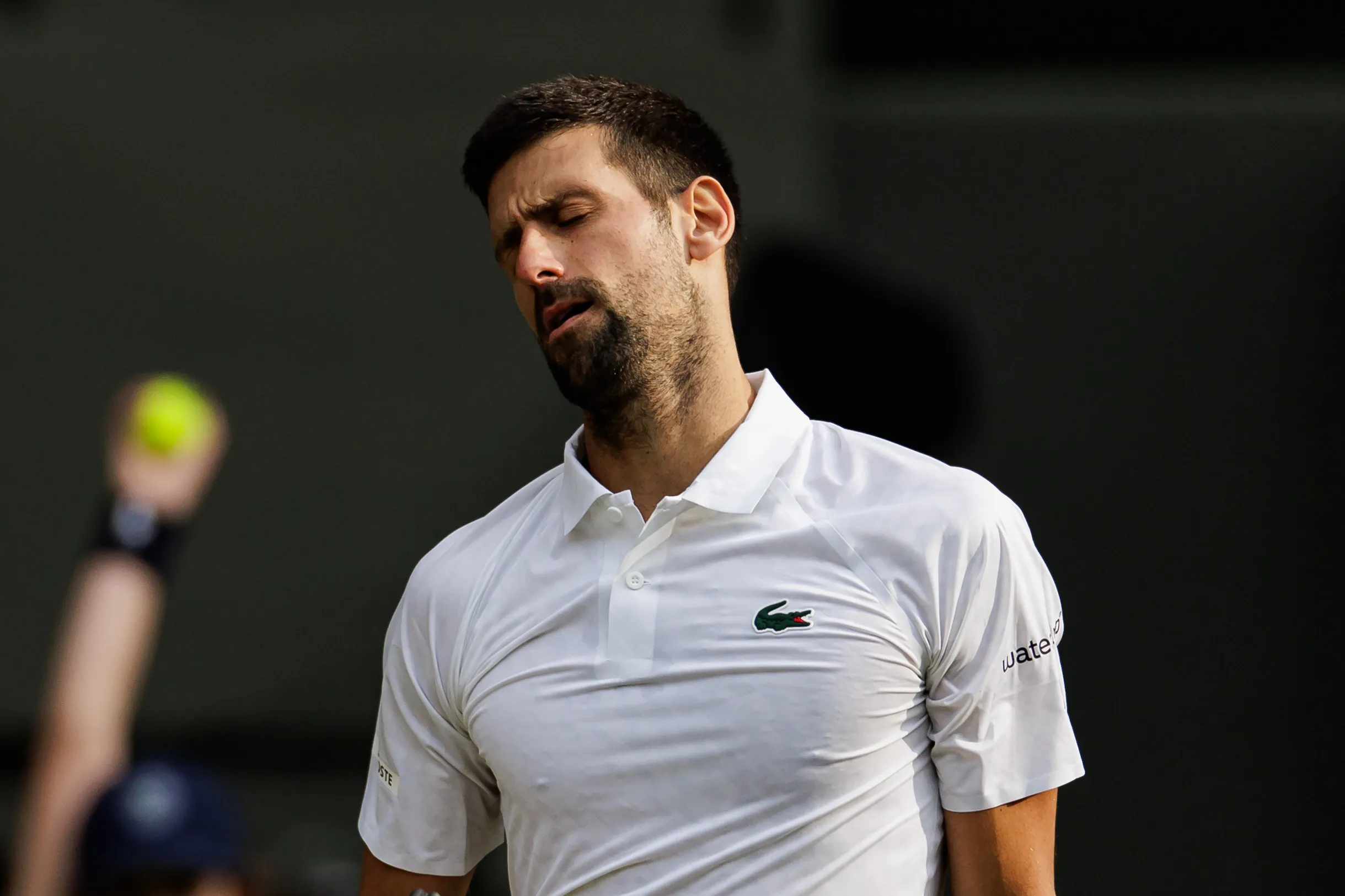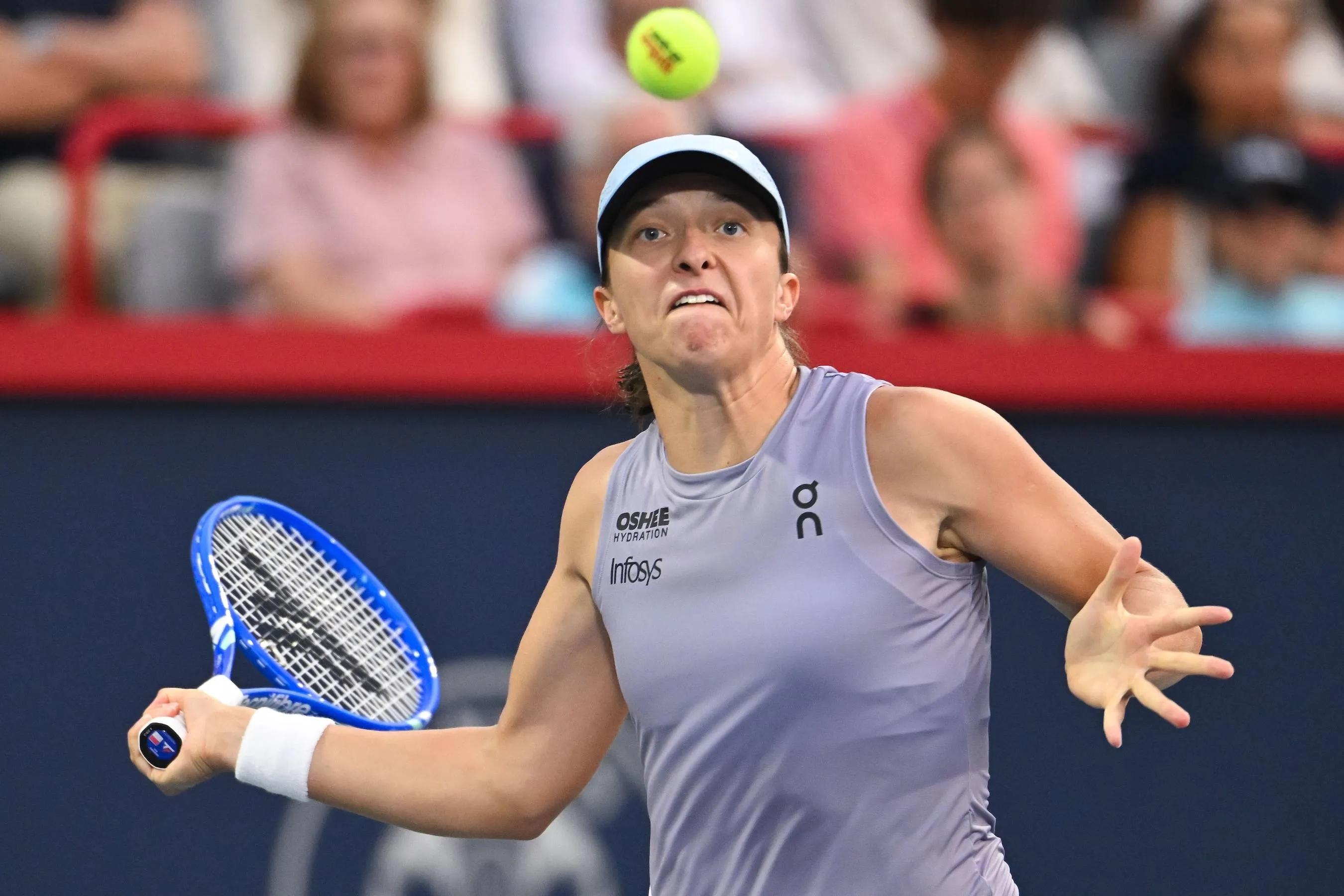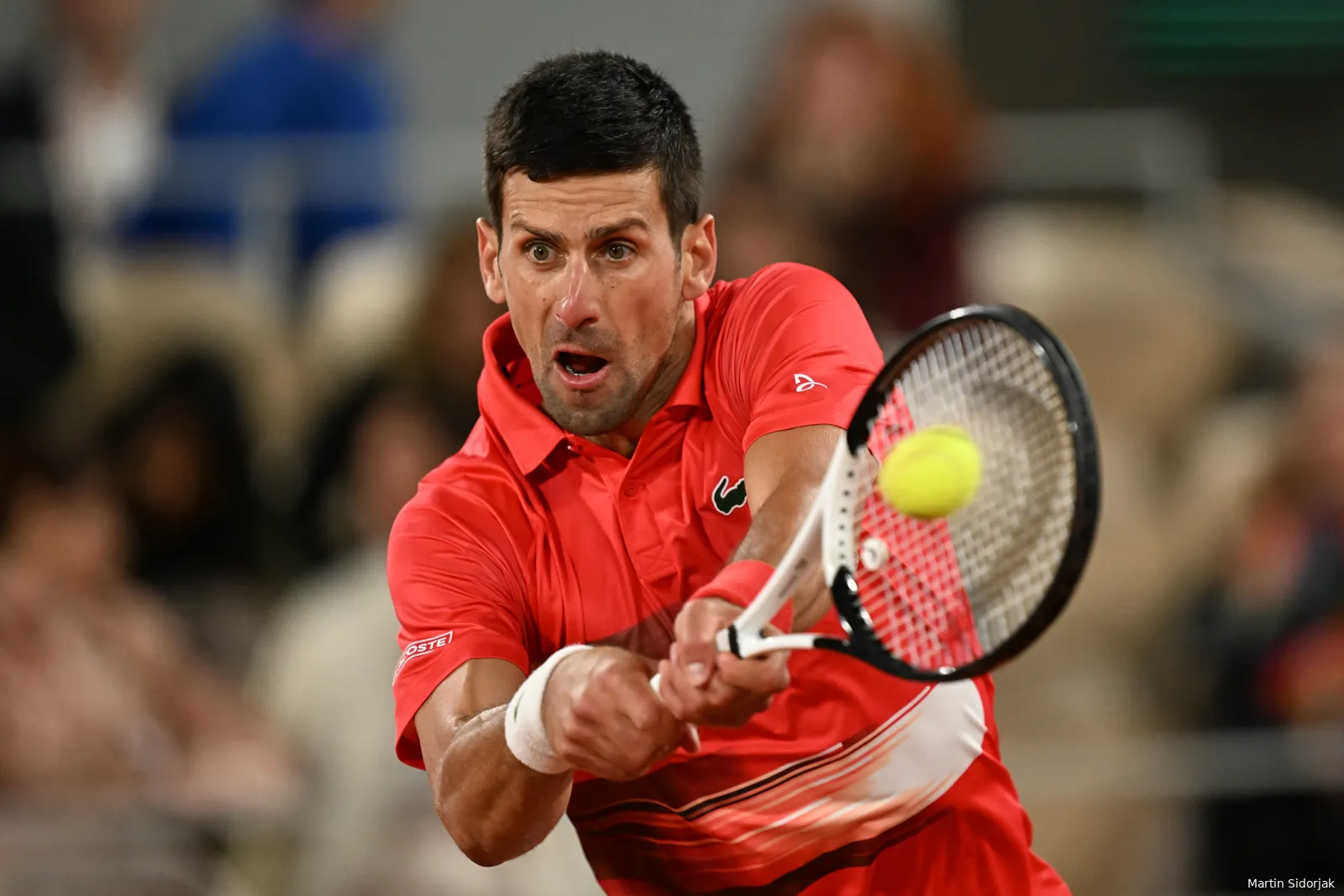
Novak Djokovic’s impenetrable defense and stable play continues to elude the newest stars of professional tennis. But just how does his racket setup make him so unbeatable?
Like some of his peers, including fellow tennis great Roger Federer, Djokovic has his rackets strung with a hybrid of Babolat natural gut and a polyester, Luxilon ALU Power. While gut may be an old- fashioned choice for the best tennis player of the modern age, the string’s elastic properties still makes it useful today, and combining it with the very stiff polyester string makes for a very plush stringbed, that can provide power from deep behind the baseline.
Although a quality polyester with excellent control, ALU Power is a little dated by today’s standards, but it was a very popular choice in the 2000s – when Djokovic switched to polyester after making his first waves on the pro tour.
Witnessing Djokovic’s game up close, one notices a deliberateness to his groundstrokes – and for the most part – a way of “guiding” the ball with precision, rather than the more aggressive attack with which some peers strike the ball.
Zooming out, Djokovic’s game relies heavily on hitting great depth – taking the options away from the opponent – as well as remaining impenetrable from the baseline, no matter what kind of shot is thrown at him.
Obviously, this is primarily down to the skill and athleticism of Djokovic himself, but it would be remiss to not factor in the racket fine-tuned to enhance this gamestyle. Djokovic has used several rackets over the course of his career, and many fans from before 2009 will recall him using a Wilson Blade.
However, this was a relatively short period that took advantage of a lucrative contract with the manufacturer – in fact, Djokovic left the juniors equipped with a Head Radical Liquidmetal Tour. A natural choice for an Agassi fan.
Read also
This Radical frame would decide a few aspects of the custom racket Head would make for him from late 2008 onwards, including the slightly tighter 95 square inch headsize, the dense 18x20 string pattern and the relatively low stiffness of 63 on the RDC scale.
From here, the customisation becomes more complex, but the figure that jumps out immediately is the very high swingweight of 370kg/cm2 . While this swingweight is challenging to handle, even for a professional player, it makes for an excellent absorber of pace – allowing Djokovic to hit a heavy ball with depth even from far behind the baseline, and strike back effectively on the return of serve.
Close-up pictures of Djokovic’s rackets indicate a large amount of weight added to the 3 & 9 o’clock positions of the racket hoop, more so than a lot of his peers. This sacrifices a lot of maneuverability from the racket, but adds an incredible amount of stability – something that further enhances Djokovic’s return game and defensive baseline style.
Following elbow surgery in 2018, Djokovic made the decision to switch rackets for the first time in almost a decade, and not only that, to adjust the custom specifications. The 2018 frame, similar to the previous racket, is produced by Head just for Djokovic, had some minor, but impactful changes.
With the goal to reduce strain on Djokovic’s elbow, the stringbed was opened up slightly to an 18x19 pattern, the swingweight reduced to 364kg/cm2 , and the racket lengthened by approximately 5 millimeters.
These factors increase the power of the racket, without altering the feel and performance too much, and in addition, it is likely this newer racket was made slightly stiffer (also to provide extra power), but this has not been quantified.
Once accustomed to the new, enhanced racket, Djokovic returned swiftly to the top of the ATP rankings in 2018 and remains a formidable force even today. By 2023, Djokovic extended his Grand Slam singles record to an unthinkable 24 Major Titles – surpassing even the incredible records set by Serena Williams and Steffi Graf in the women’s game.
Read also
Loading
